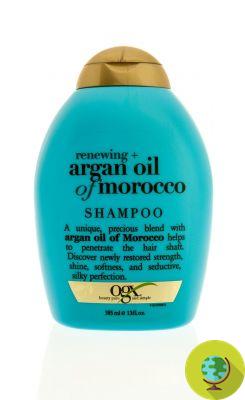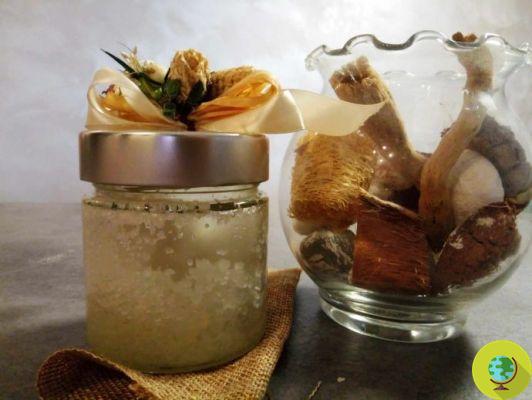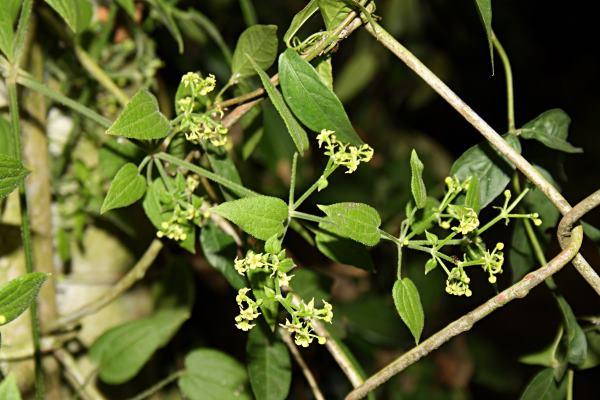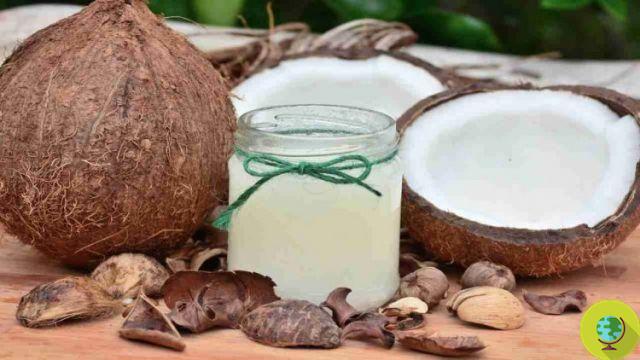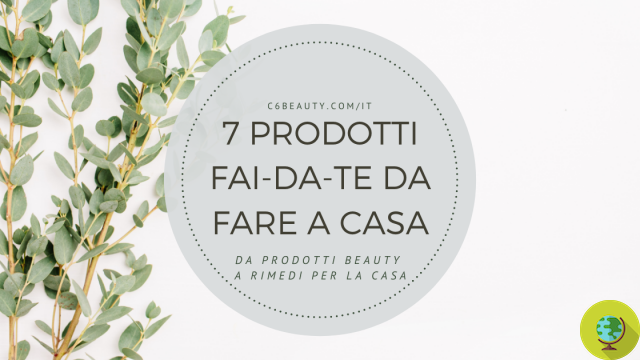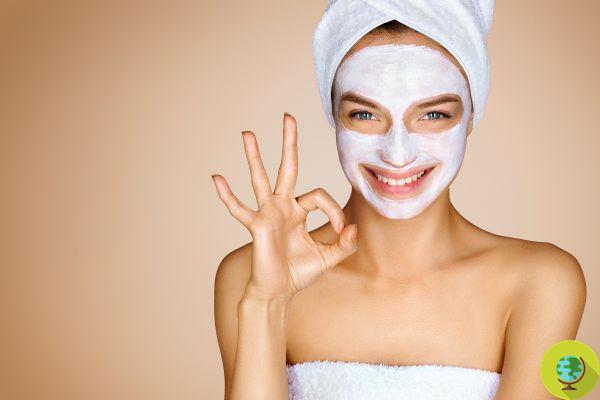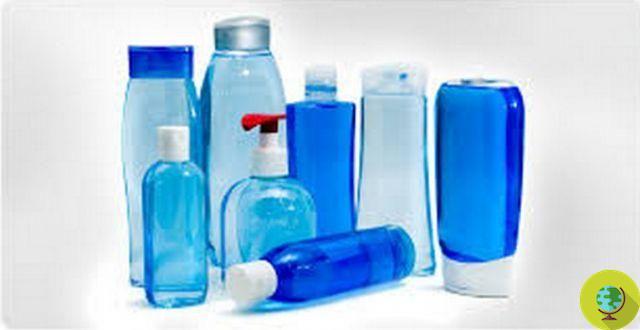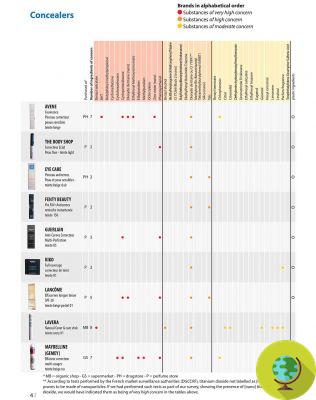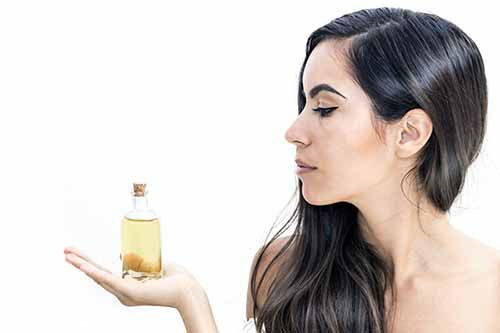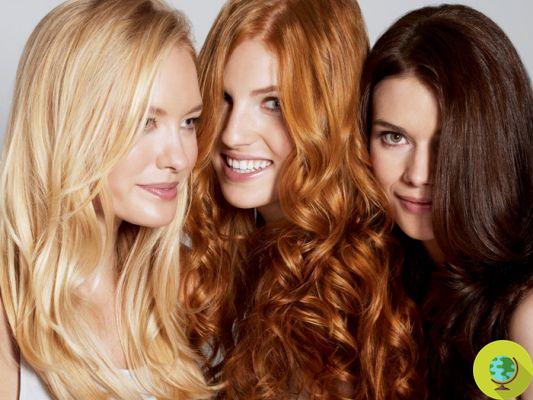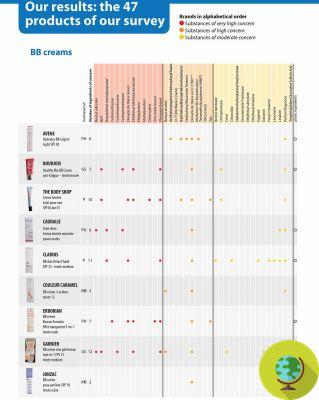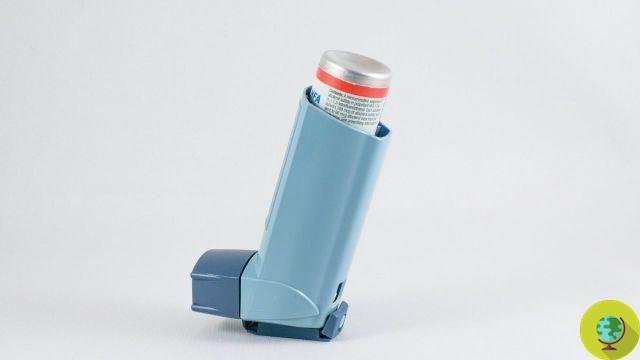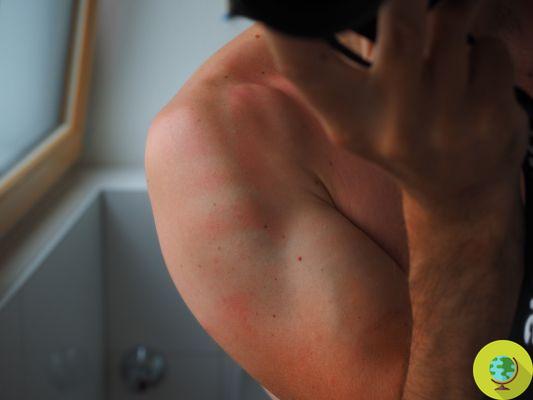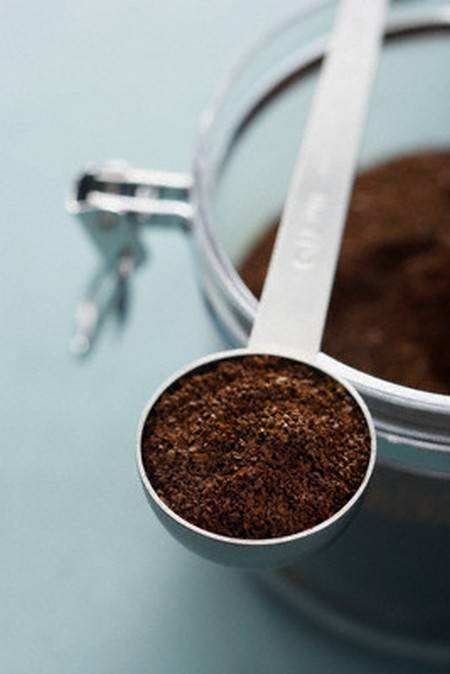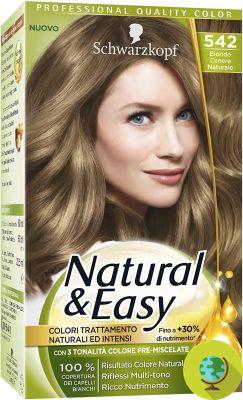Henna is a coloring powder obtained by crushing the leaves of a plant called Lawsonia Inermis. Applied on the hair, it dyes them with a color included in the chromatic spectrum of red / orange, varying from warm orange and coppery nuances to colder shades, tending to mahogany or cherry red.
Don't store avocado like this: it's dangerous
THEhenna is a coloring powder obtained by crushing the leaves of a plant called Lawson Inermis. Applied on the hair, it dyes them with a color included in the chromatic spectrum of red / orange, varying from warm orange and coppery nuances to colder shades, tending to mahogany or cherry red.
Much depends on our starting color and the type of hair. Henna is a valid alternative to chemical dyes because, unlike the latter which tend to wear out the hair, henna polishes them, strengthening them and making them more full-bodied and voluminous, in one word: healthier.
Henna does not affect the molecules of the hair, but colors tone on tone, that is to say that it layers on the hair, creating a sort of film which is added, without replacing, to the base color.
READ also: WEAK AND DULL HAIR? HOW TO MAKE THEM SHINE WITH FOOD
Common commercial dyes lift the hair cuticle and, following a chemical reaction, insert synthetic color molecules. The lawsonia, on the other hand, does not penetrate inside the hair, but binds to the keratin of the shaft creating a volumizing effect.
Also henna is a cure-all for those who have problems with dandruff, oily skin, brittle, dry, brittle hair or split ends. Over time, its use has a normalizing effect on the hair scalp, nourishing, strengthening, polishing them, reducing split ends until they are completely eliminated.
Index
Henna, the benefits on the hair
Schematically, i main benefits of henna on the hair are as follows:
- thickens and volumizes
- gives shine
- strengthens and gives greater resistance to external agents
- discipline
- reduces frizz
- eliminates split ends
- sebonormalizzante
- dandruff
Henna, the whole truth
Let's clear away one of the main misconceptions regarding henna right away. There is one henna, and only one: the one obtained from Lawsonia Inermis, in fact. The wording that we often find on the market (neutral henna, black henna, brown henna or even blond) are all incorrect.
READ also: WHITE HAIR? AVOID CHEMICAL DYES, FIND THE RIGHT HENNE BLEND
It is trade names probably used to gain a greater hold on customers. Generally, these names refer to other dyeing herbs, perhaps less known: neutral henna indicates Cassia, chestnut Katam and black henna Indigo. Very often blends of dyeing herbs are defined as “blond henna” or chestnut henna ”which in fact contain only a minimal percentage of lawsonia.
As mentioned, the final color obtained with the use of henna will never be the same for each of us, but it will be different reflections and shades for each hair. On light hair you will immediately get orange and copper shades, on darker hair you will need more applications to get a darker red. It must be borne in mind that we are talking about a completely natural substance, so there are no mathematical certainties.
Each person is different, each hair is different and can react differently to lawsonia. You have to be patient, don't be discouraged after the first application. And above all it takes a great desire to experiment. If we don't want to take any chances, we can try the effect of henna on one hidden lock, behind the neck for example.
READ also: HAIR LOSS: 10 NATURAL REMEDIES TO STRENGTHEN THE HAIR
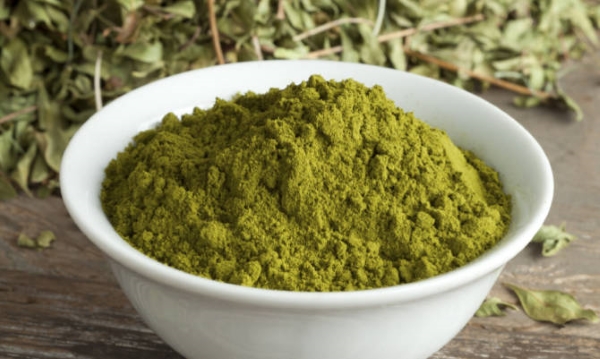
Henna is the only dry herb really able to cover gray hair, thanks to its filming effect on the hair. Applying other herbs directly to white hair risks extravagant colors, such as blue or violet. This is why henna is essential in coverage of whites or in addition to other herbs or with the double pass method: first one pass only with henna and then another pass with the desired dyeing herb.
Henna, how to apply it on the hair
How is henna applied? The powder can be dissolved in hot water and left to macerate for 15/20 minutes. The water in which we prepare the lawsonia must not be boiling, since the excessive temperature would compromise its properties, nor cold because the cold would hinder its complete release.
Hair can be dry or wet, at your discretion. The important thing is that they are clean, otherwise the superficial sebum could create a film that prevents the henna from binding well to the keratin of the hair. For the same reason, it is not recommended add oils, butters or other fatty substances to the mixture we are preparing.
La pappetta it must be more or less of the same consistency as yogurt: if it were thicker, it would be difficult to apply, if it were too liquid it would run everywhere. Henna must be applied over the entire length of the hair, perhaps with the help of a spatula or a dye brush.
Once the distribution is finished, it is advisable to wrap the garment with a cap or with transparent film, in order to keep the mixture moist and prevent it from drying out. If it gets dry, our baby food will no longer be able to release the color pigment. As for the shutter speeds, they vary depending on whether you have to cover gray hair or just want it dye or reflect hair.
In the first case, it takes at least 3 hours to obtain a uniform, satisfactory and lasting coverage. Otherwise, to reflect the hair or if you do not need to cover gray hair, an hour of laying is sufficient. Clearly, the longer the henna is kept on the hair, the more noticeable the dye effect will be.
READ also: HERBS OR NATURAL REMEDIES TO STRENGTHEN HAIR, NAILS AND TEETH
Henna, how to rinse it
The smell of henna is quite strong, and may be unwelcome. To mitigate this inconvenience a little, you can add a pinch of cinnamon or vanillin, or do an acid rinse with perfumed infusions instead of water. Once the application is finished, it is advisable to rinse as accurately as possible. If residue remains, it could cause itching and irritation.
Only water should be used to keep the henna from oxidizing on the hair. In case they are particularly tangled, you can apply a knob of conditioner to untangle them. As a last resort, the acid rinse, necessary to lower the pH of the skin and hair and to close the hair scales, thus making them particularly shiny.
This type of rinsing should actually be done at the end of each wash, but in the case of henna it is particularly suitable because it allows you to better fix the color. What does the acid rinse consist of? It involves acidifying the water from the last wash by adding it with an acidic substance such as vinegar or lemon juice. If you use vinegar, you will obviously notice a rather strong odor, which will disappear completely once the hair is dry.
Henna, the oxidation process
For completeness of information, it is necessary to mention the so-called process of oxidation. Henna is a powder that prefers an acidic environment, therefore we tend to recommend a maceration of about 8/12 hours in the vinegar or in lemon juice before applying to the hair.
But after cross-checks and from personal experience I can safely say that oxidation is not necessary, or at least it does not affect the dyeing capacity of the powder. The only advantage that can be obtained is to slightly accentuate the warm and coppery tones of lawsonia, but certainly oxidation is not in itself capable of increasing its coloring properties.
Henna has a very high dyeing power, so hot water and maceration for about twenty minutes are necessary and sufficient conditions to release all the dyeing properties. Henna colors, and it colors a lot. It also colors the skin, so it is essential to use gloves during application.
Henna, false myths to dispel
Let us now try to debunk some false myths on this extraordinary dyeing herb. First: the fear that henna can color i green hair, which is also connected to the other erroneous belief according to which henna cannot be applied on hair that has been subjected to bleaching or in any case to chemical dyeing. Either way, the answer is the same.
Henna can be done safely, without any risk to have green hair or other unwelcome surprises, as long as it is pure, that is, 100% Lawsonia Inermis. Just read the INCI of the package carefully. Generally the best henna is the one used to make tattoos, which must necessarily be pure and is therefore of the highest quality. It is available in the best herbalists or online.
It is important to purchase a quality henna, otherwise, in the poorer ones, you risk running into the so-called picramato. Sodium picramate is a synthetic dye with a high dyeing power, which is toxic if taken in large quantities. In presence of picramato, all previous assurances obviously lapse. And then yes, the risk of finding yourself with green hair is really around the corner!
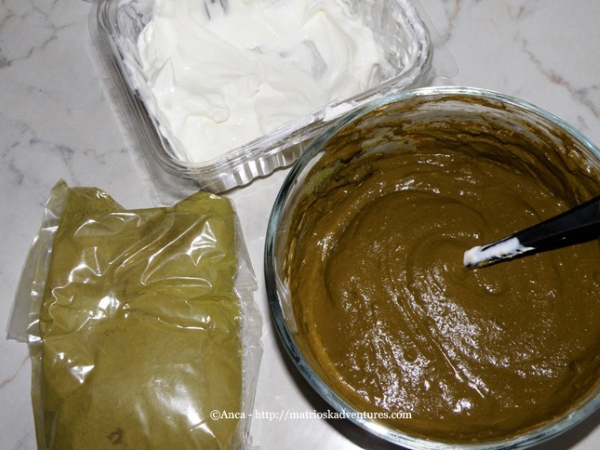
Henna, the contraindications
Finally, a mention of any inflammation, psoriasis and various problems that henna would cause. The answer is always the same: 100% lawsonia inermis. The purity of henna avoids almost any danger. On the contrary, henna is an adjunct in the treatment of many skin disorders.
In Ayurvedic medicine, for example, henna is used against inflammation and rashes of the skin, herpes, psoriasis, boils, burns, hematomas, dandruff, seborrhea. The only contraindication may be the onset of a possible allergic reaction.
They met very rare cases, but the possibility is not to be excluded because henna is a natural substance, but not hypoallergenic. The allergy manifests itself immediately, if the exposure to the dust alone causes itchy eyes, cough and runny nose.
Even in the absence of these symptoms, those wishing to exclude a hypersensitivity to lawsonia can do a skin test, for example by applying henna on a small area of the forearm.
Henne and favism:
You absolutely must not use henna, and even indigo, if you suffer from favism, or genetic deficiency of G6PD. In case of contact, fabic subjects are exposed to very high oxidative stress, to which cell membranes are particularly subject.
Henna, where to buy it
You can find henna in all herbalists, but also in many ethnic shops in large cities.




